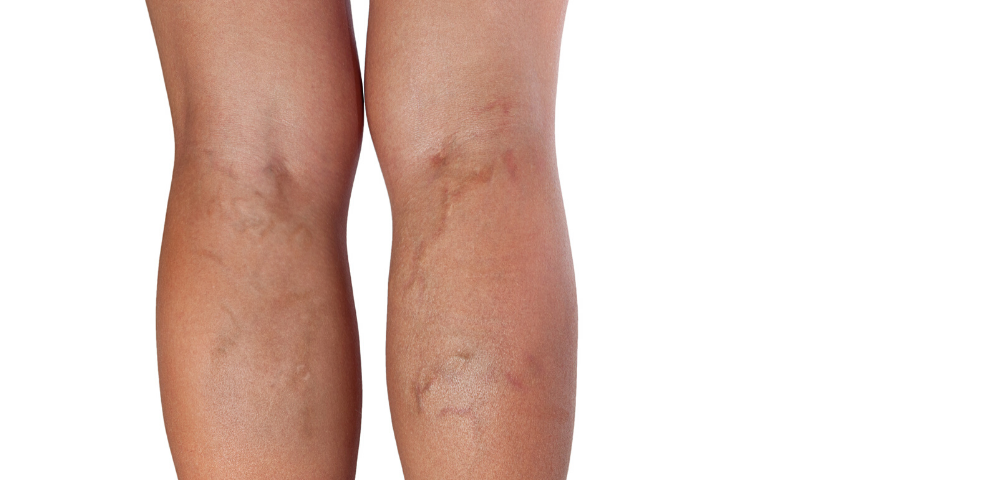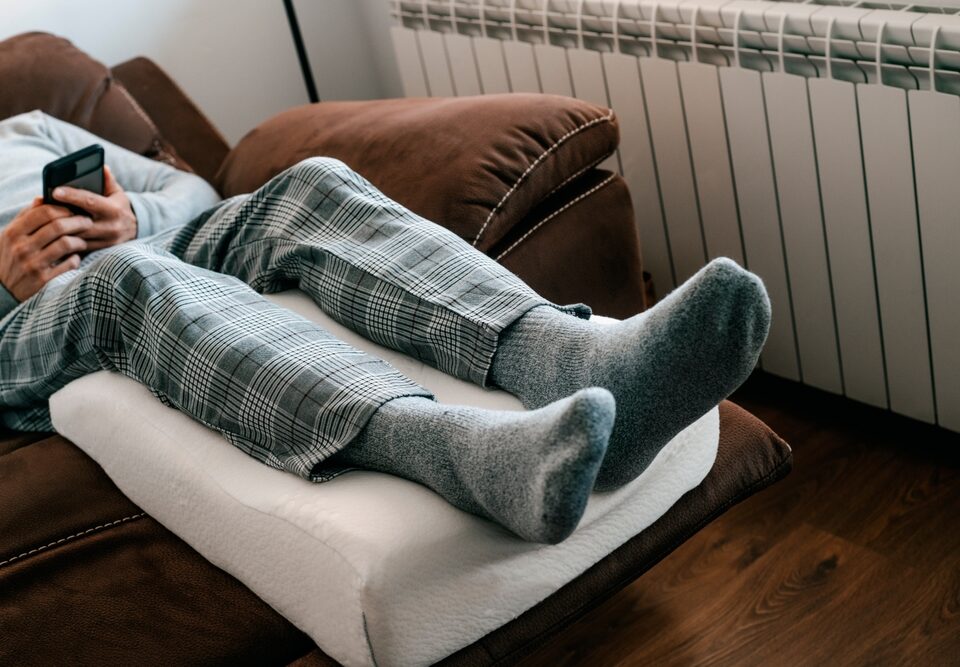
Treating Spider Veins in the Feet and Ankles
February 3, 2020
How Are Diabetes and Vein Disease Connected?
March 3, 2020Leg Veins: What’s the Difference?
Determining whether you have a varicose vein or spider vein can be a tricky undertaking.
In fact, many patients believe, incorrectly, that the two are synonymous with each other.
There are many differences between varicose veins and spider veins.
Varicose Veins
Varicose veins are typically larger in nature when compared to spider veins.
They are generally three millimeters in diameter and present as blue or purple in color.
Most patients experience varicose veins in their legs, feet or ankles.
The veins are usually bulging or swollen which makes them more visible in the skin.
Many patients experience aching, throbbing or a heavy feeling associated with their varicose veins.
Spider Veins
Spider veins are typically smaller than varicose veins.
They often present at around one millimeter in diameter and look web-like in nature.
These web-shaped veins are usually blue or red in color and lie underneath the skin, with no protuberance.
Spider veins typically present themselves on the legs, or the face.
While spider veins can cause discomfort, they are generally painless.
In fact, most treatments for spider veins are for cosmetic purposes only.
What Causes Spider and Varicose Veins?
Both spider veins and varicose veins are caused from an error in the venous system.
When there is a defective valve in the leg, the blood can clot, which can lead to pooling of the blood and increased pressure, thus forming vein issues such as spider or varicose veins.
How to Prevent a Varicose Vein or Spider Vein From Forming
In many cases, your vein issues may be a result of natural conditions such as a hereditary inclination, age or gender.
However, there are some things you can do to prevent spider and varicose veins.
Weight loss, exercise, and heat avoidance can all help prevent these vein issues.
Additionally, compression tights or socks can be beneficial for controlling the proper blood flow in your legs.
Schedule a Varicose Vein or Spider Vein Consult
If you believe that you may have vein issues and would like to speak with a vein professional, The Vein Center of Maryland is here to help.
Contact our office online or call us today at (410) 970-2314 to schedule a consultation with one of our board-certified, vein experts.



